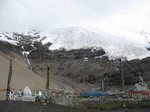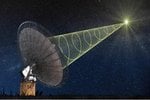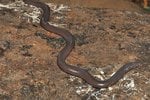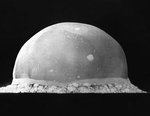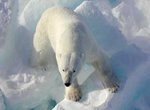Endangered chimpanzee threatened by habitat loss caused by climate change
The future survival of the Nigerian-Cameroon Chimpanzee (Pan troglodytes ellioti) is being seriously threatened by climate change, a new study published in BMC Evolutionary...
UFO allegedly seen on live footage, then NASA cuts the feed
UFO enthusiasts were up in arms when an Unidentified Flying Object (UFO) appeared in space on a live video feed, but was then cut...
Northern forests to change as global warming progresses
As a result of global warming, northern forests in the decades to come will look quite different as a new set of trees appear...
Nuclear reactors and radioactive waste storage, study to improve safety
Scientists at the University of Huddersfield in England will embark on a £1 million project to provide the nuclear power industry with scientific data...
Melting glaciers release massive amounts of carbon, affecting marine ecosystems
Melting glaciers do not only contribute to rising sea levels, they also release massive amounts of organic carbon which could significantly affect high-latitude marine...
Fast radio burst from unknown source detected by astronomers in real time
Astronomers have observed an extremely short, sharp flash of radio waves from an unknown source in the universe. The mysterious phenomenon was detected, unlike...
New legless snake-like caecilian amphibian discovered in Cambodia
Scientists have discovered a new species of legless amphibian in the Cardamom Mountains of Cambodia. Called Ichthyophis cardamomensis, the new species is a caecilian.
The...
Anthropocene started at the first nuclear test on July 16, 1945
Anthropocene started when the first nuclear test took place, on July 16th, 1945, a research team suggests. Anthropocene refers to the current geological age,...
Polar bears moving northward because it’s getting too warm where they are
Polar bears are moving northward because where many of them live no longer have persistent year-round sea ice, a recent study led by the US...
Ocean life faces colossal threat from human activity, warn scientists
Humans are plundering the oceans with seafloor mining, shrimp farms, satellite-guided giant-scale sea-fishing with a gold-rush-like fervor that threatens to destroy much of its...





